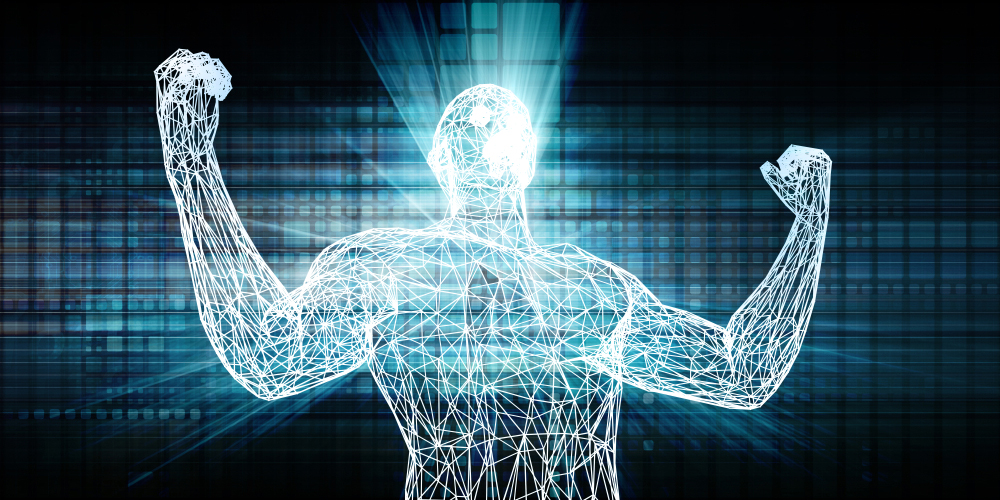Big-picture digital transformation takes a back seat when organizations are overwhelmed with the digital tools themselves. With their plates full of productivity and collaboration tools, apps, and other software, leaders can often struggle to organize and may lose sight of the bigger picture or overall goals for their digital transformation efforts. The result is inefficient processes and solutions that fail to deliver on their promises.
Guidance on how to successfully navigate any digital transformation initiative requires organizations to take a deep dive into the three distinct personas present in each workplace. Each persona brings its own needs, both technological and professional, that organizations must meet in order to achieve their digital transformation goals—and lately, HR has had opportunities and strong incentives to ensure these needs are met.
The Me, the We, the Us—3 Workplace Personas Present in Every Organization
The first workplace persona is “me,” the individual employee. For this group of workers, the digital workplace must center on the personalization and ease of use of tools and applications.
Content creation and productivity suites like Microsoft Office must support employees’ daily needs and tasks and easily pair with file-sharing apps and task managers. It’s critical that the digital workplace allow this persona to stay up to date on individual priorities.
The second persona, “we,” describes teams within the organization. Teams need solutions that integrate with the tools they are already using internally and within their departments. Effective digital transformation creates a destination for teams and must support collaboration and knowledge sharing for overall group productivity.
Finally, we have the corporation as a whole, or “us.” The needs of this persona drive transformation as it relates to intranets and cross-functional collaboration. A digital workplace for the corporation as a whole must support the existing culture and brand experience, as well as encourage rallying around the organization’s values and mission.
How the Current Digital Transformation Is Failing the ‘We’ Persona
Popular collaboration and chat apps on the market cater to the team’s need for multichannel instant communication and questions and answers but fail to deliver on the knowledge management front, which is essential for teams and their projects.
Tools like Slack and Microsoft Teams encourage rapid-fire communication but neglect the downstream tasks and overall structure necessary in large, cross-functional projects. When these needs go unaddressed, teams might find themselves celebrating the end of a project but hitting a dead end when it comes to sharing and communicating results and materials across the company.
Knowledge gaps and data silos can have both financial and cultural effects on an organization and fail to support long-term goals, key performance indicators (KPIs), and objectives. To solve for these issues, organizations should seek out digital workplace solutions that manage the increase in knowledge and flow of information that results from heightened cross-team collaboration.
HR, Welcome to the Digital Transformation Table
With organizational communication cultures at the core of digital transformation, success hinges on more than just insight from the CMO and IT team; it requires buy-in from HR.
While the C-suite typically has final approval on the high-level digital transformation strategy, it’s up to HR teams to ask themselves what type of communication and collaboration culture the organization wants to foster.
The digital workplace fails without a collaborative, interactive internal culture. HR should look to next-generation intranets as a solution for consolidating the digital transformation mess, turning the heightened productivity into outputs that are easy to communicate to the rest of the company, and better maintaining and managing the collective knowledge of the employee base.
We are seeing great success when HR leaders voice their support for a more comprehensive digital workplace—a digital destination that can support the entire organization but won’t necessitate ripping out and replacing existing tools or companywide systems that are in place.
Within this centralized destination, individual employees and teams alike are empowered to share knowledge across departments and offices. Employees can start their day, communicate outputs, and engage with each other all within this digital town square, which is incredibly important given the rise of remote employees.
Today, 39% of remote workers are unable to access critical documents or information, and 33% have missed information about organizational changes due to ineffective communication and collaboration technology and processes.
Whether teams are physically present or otherwise, the digital workplace must actively support the needs of the entire organization, and due to the cultural and employee engagement factors at risk, this is no longer an area in which HR should play a sideline role.
With the correlation between employee engagement and corporate profitability now so much better understood, all digital transformation decisions require input and insight from HR to ensure they are as effective as possible.
If an organization isn’t already proactively bringing HR into the fold in these decisions, HR will need to proactively pull up its own chair and participate in the conversation. When HR thinks deeply about what teams require to do their best work, digital transformation can successfully amplify communication culture to drive the business forward.
 Mike Hicks is the Chief Marketing Officer at Igoo Software, and he has more than 17 years of progressive B2B technology marketing experience. Prior to Igloo, Mike was the director of enterprise marketing at BlackBerry. Mike Hicks is the Chief Marketing Officer at Igoo Software, and he has more than 17 years of progressive B2B technology marketing experience. Prior to Igloo, Mike was the director of enterprise marketing at BlackBerry. |

